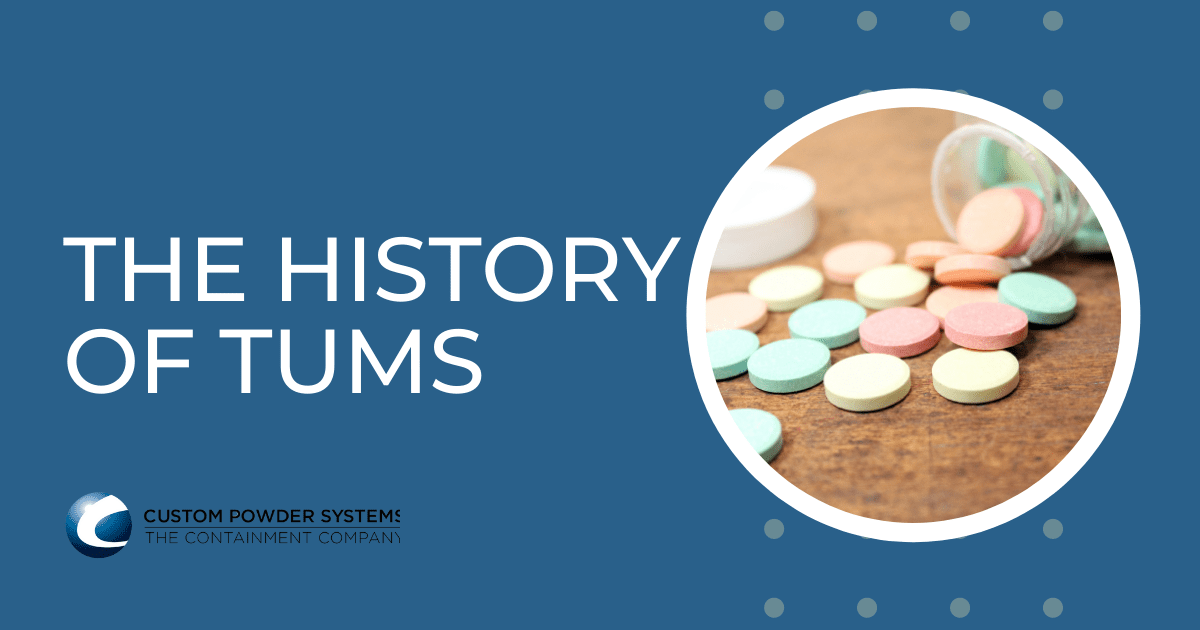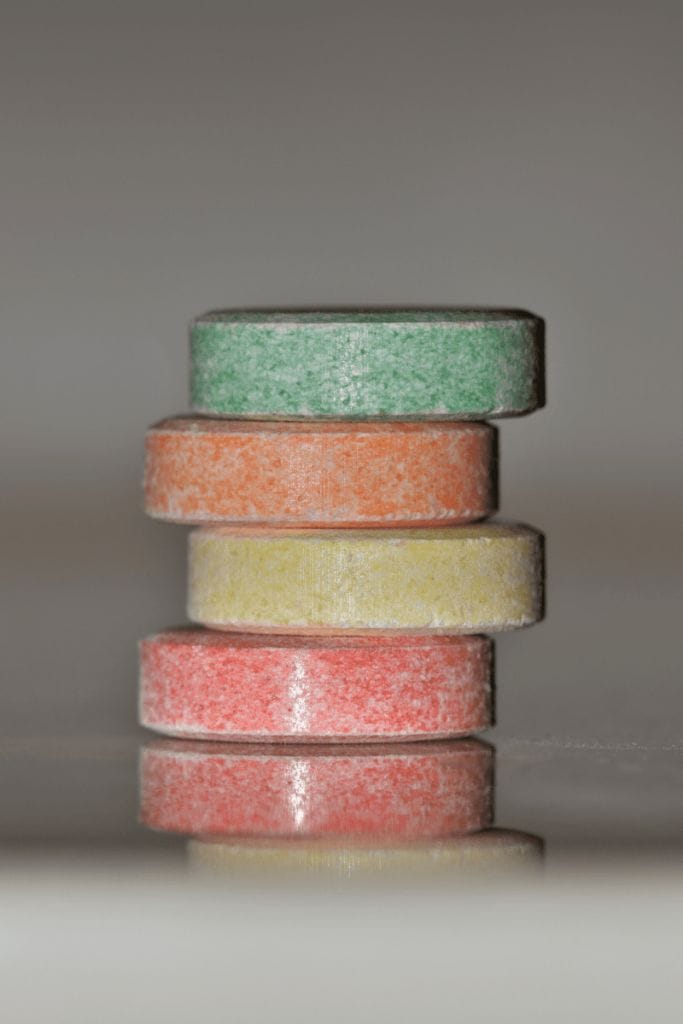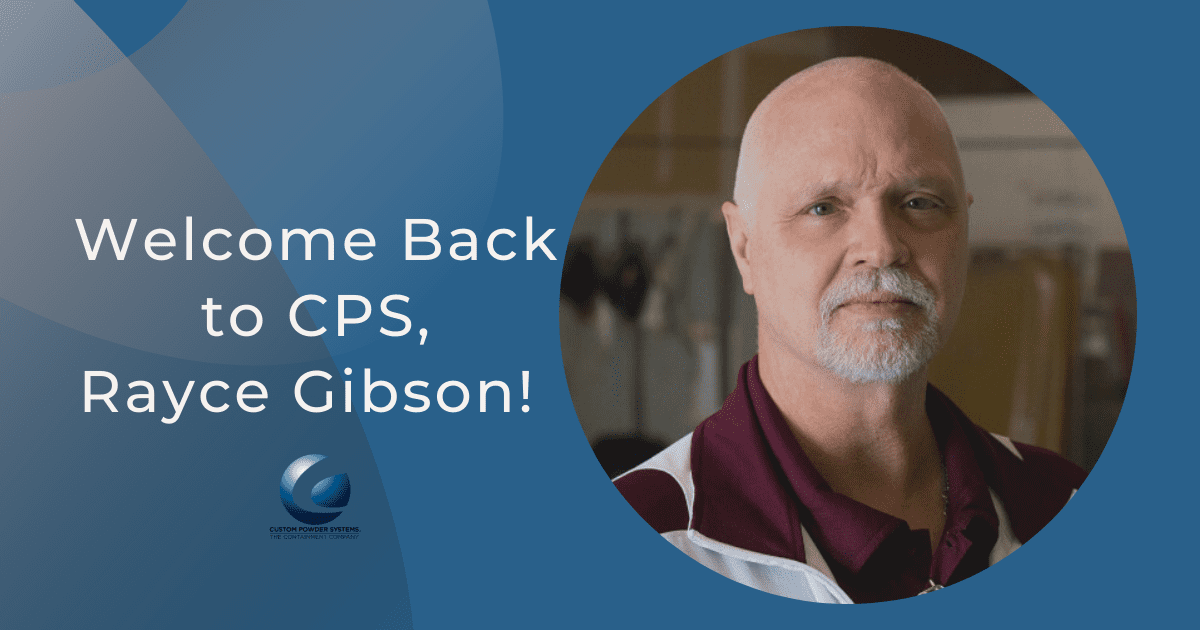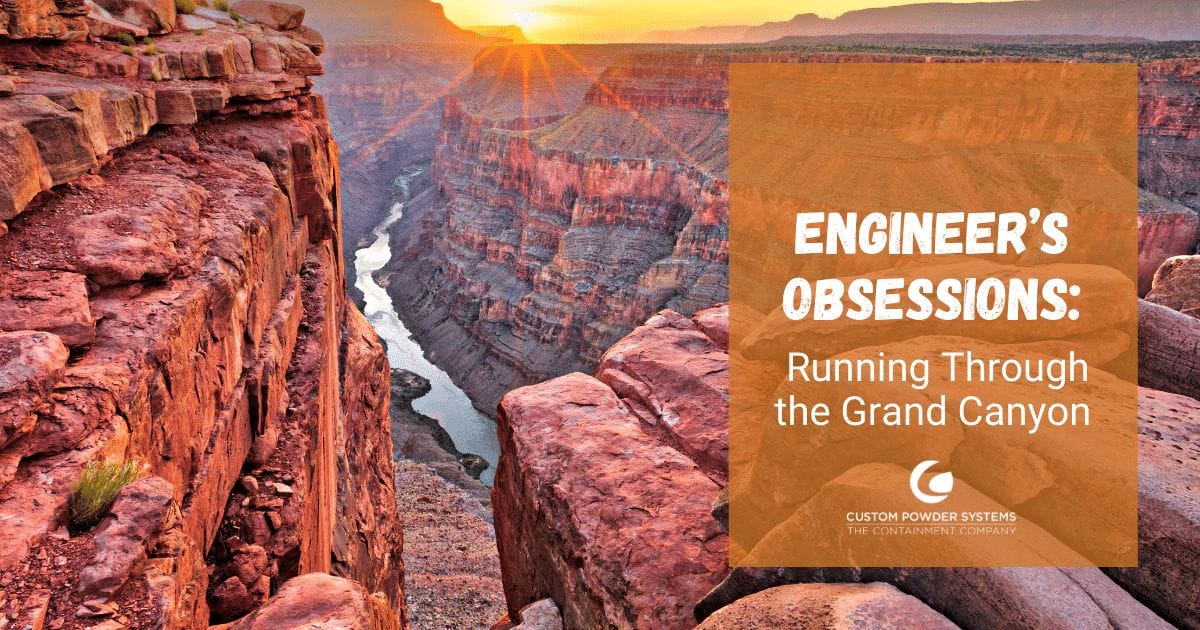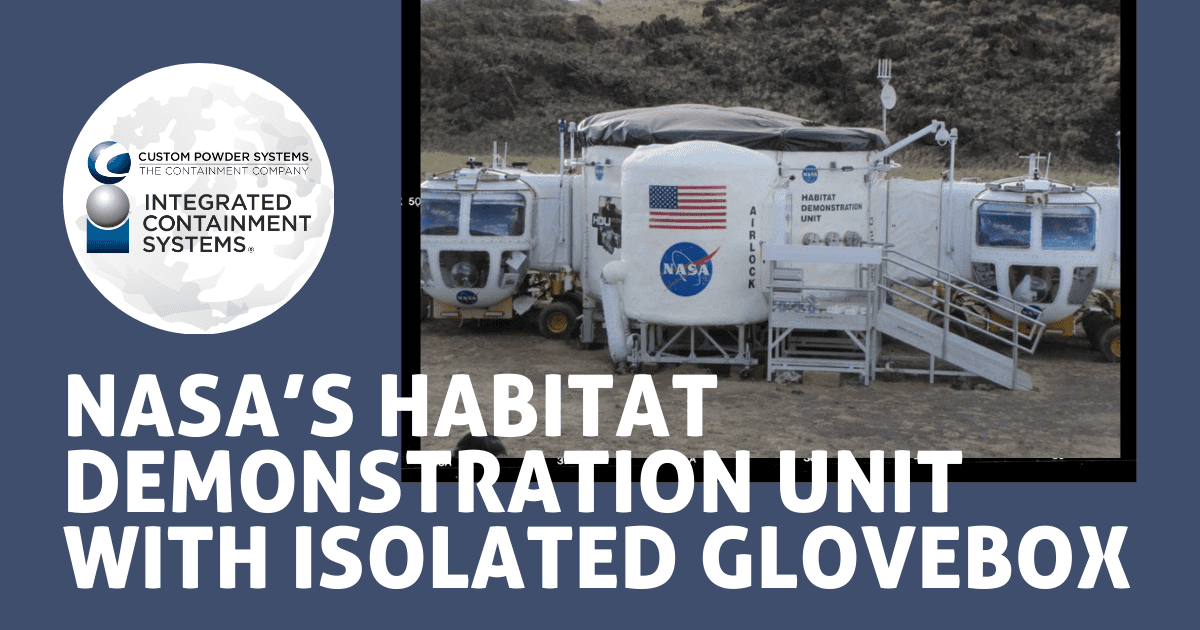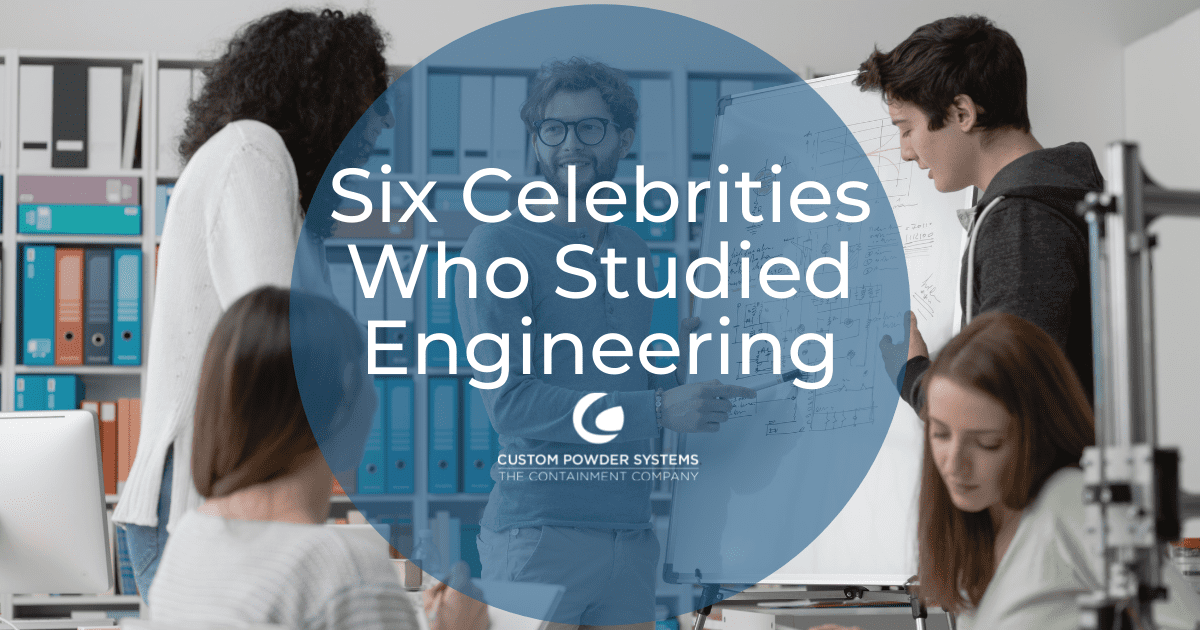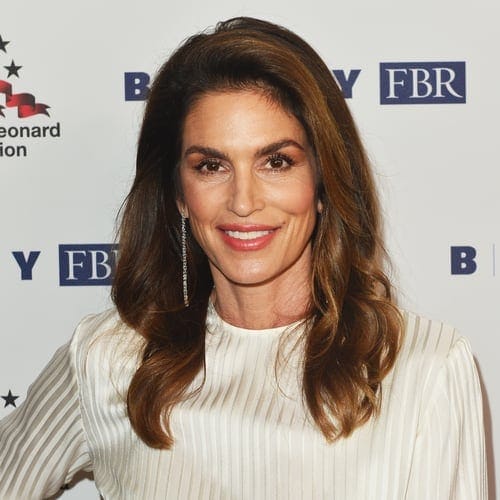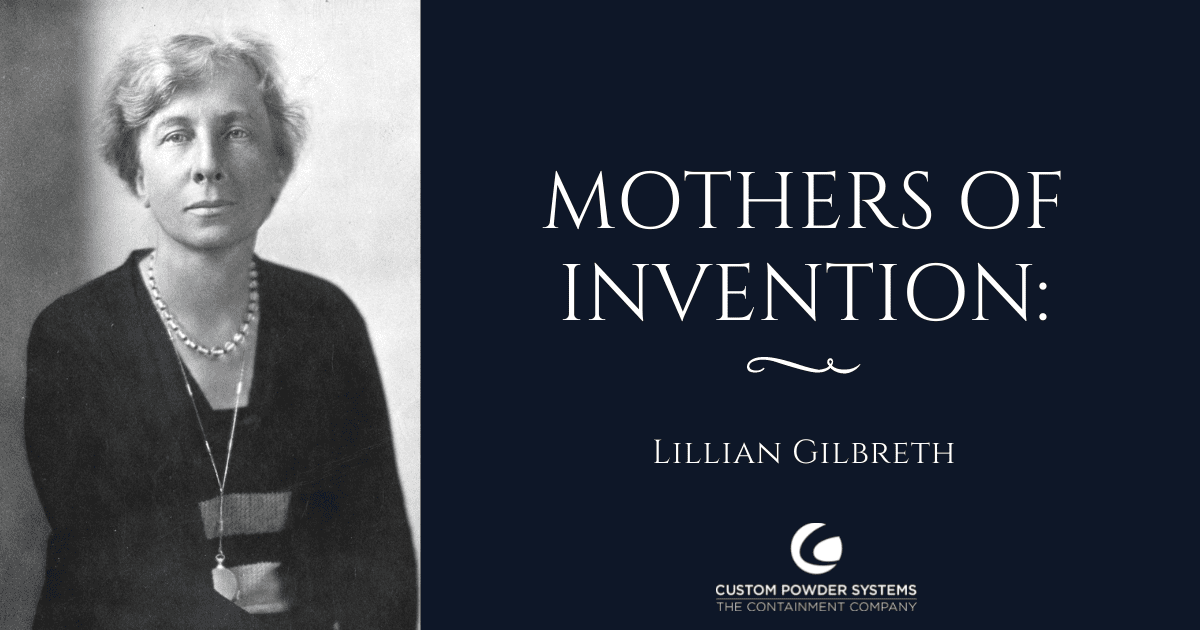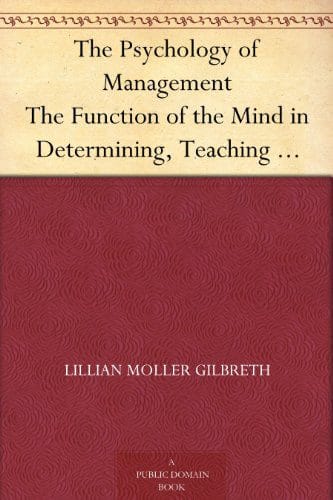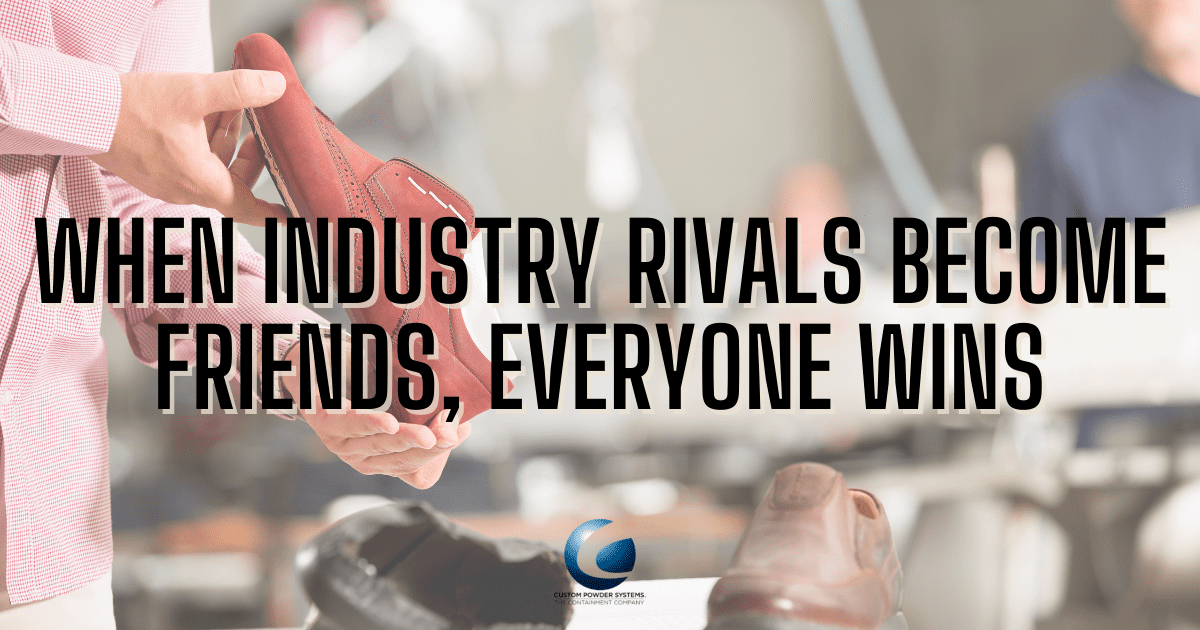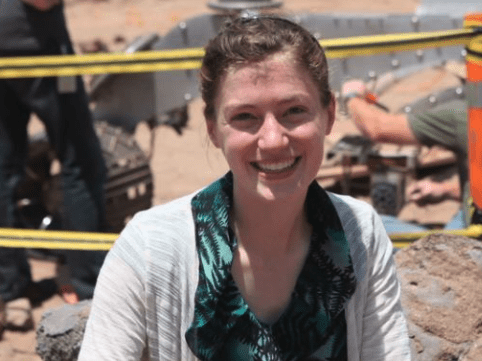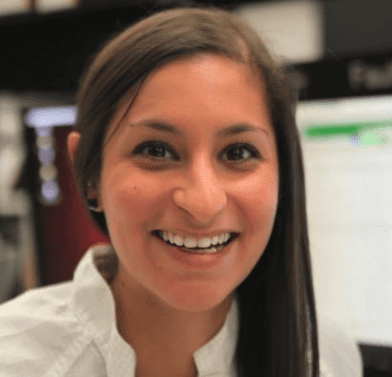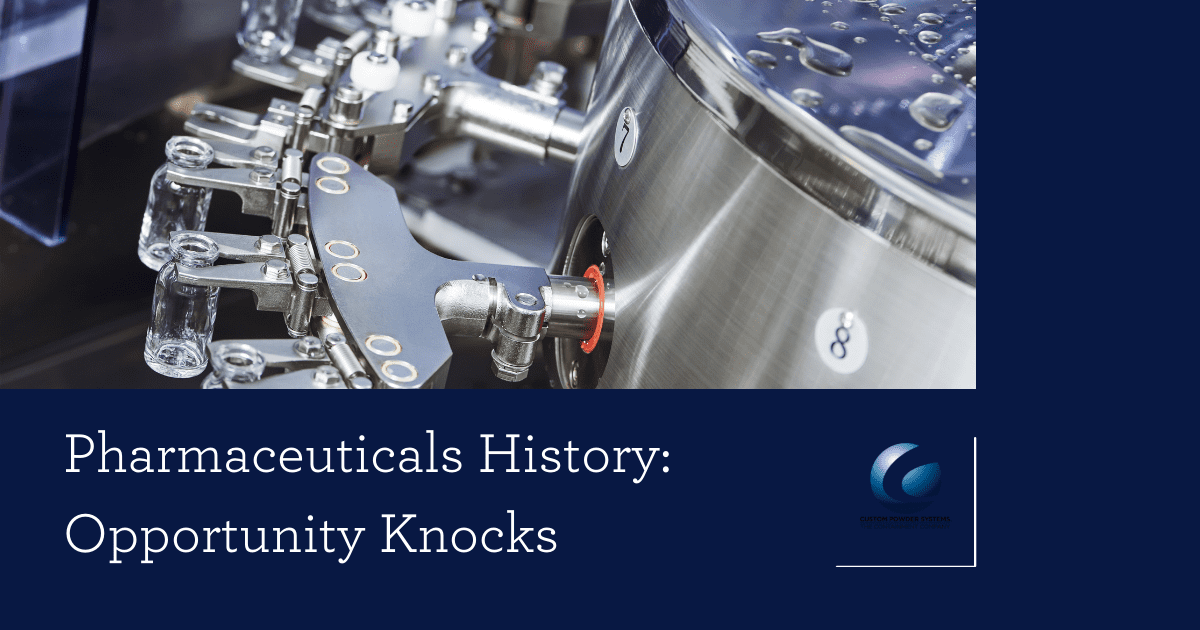When your stomach is upset, it’s convenient to have a pharmacist for a husband. When your husband/pharmacist makes something that works so well it becomes a best-selling product within two years, you’ve got yourself the History of Tums.
Something Isn’t Agreeing With Me
In the 19th century, there were many remedies for an upset stomach. Some turned to papaya for its powerful enzymes. In 1887, Johnson & Johnson developed Papoid Tablets, made from the extract of papaya, and guaranteed it would “digest any kind of food mankind could eat.”
If that didn’t do the trick, you could try “Dr. Bonker’s Celebrated Egyptian Oil.” In spite of it being concocted by a guy literally named “Bonker,” stomach sufferers were encouraged to “take 10 to 20 drops every half hour in Molasses or on sugar, and at the same time apply externally.”
The Opposite of Acid
By 1928, medical experts understood that upset stomachs appeared to be caused by overactive acids in the digestive system. St. Louis pharmacist James Howe deduced that if acid was the problem, the solution would be to neutralize the acids.
His wife suffered from indigestion, and one night in his basement he created an “anti-acid,” a mixture of sugar and calcium carbonate (CaCO3). This “anti-acid,” or what we now call “antacid,” did the trick and settled Mrs. Howe’s heartburn. Soon, it was doing the same for others’ upset stomachs all across St. Louis. Just two short years later, a manufacturing company was built, and Tums became a national hit.
A Century of Antacids
Soon after the success of Tums, competition came in the form of Alka-Seltzer, Rolaids, and Pepto-Bismol. Each have slightly different formulations using ingredients such as salts of aluminum, calcium, magnesium, and sodium.
The Tums brand stayed in the Howe family for nearly 50 years before being sold to Revlon and eventually to its current owner, GlaxoSmithKline. Today, the Tums factory still sits on the same site where James Howe first manufactured it, churning out a staggering six-billion tablets every year.
Custom Powder Systems Gets Tums in Line
Custom Powder Systems, another proud Missouri company, lives just three hours west of the Tums facility. This means we were primed and ready when GSK asked us to help design, build, and install barrier walls between their Tums lines in order to keep the different colors/flavors separated during processing.
Step one was to discuss the problem GSK was facing and ask questions to get the full scope of the situation. Then, after surveying the area, we decided to construct walls made from stainless-steel tubing and lexan panels, which effectively kept the individual tablets from “jumping the line” and mixing together.
The way we efficiently solved the Tums obstacle for GlaxoSmithKline is just one example of how we at Custom Powder Systems are constantly finding new and creative ways to help efficiently process, mix, and contain quality products.
What can we help you make? Let us know through our Contact Page.

